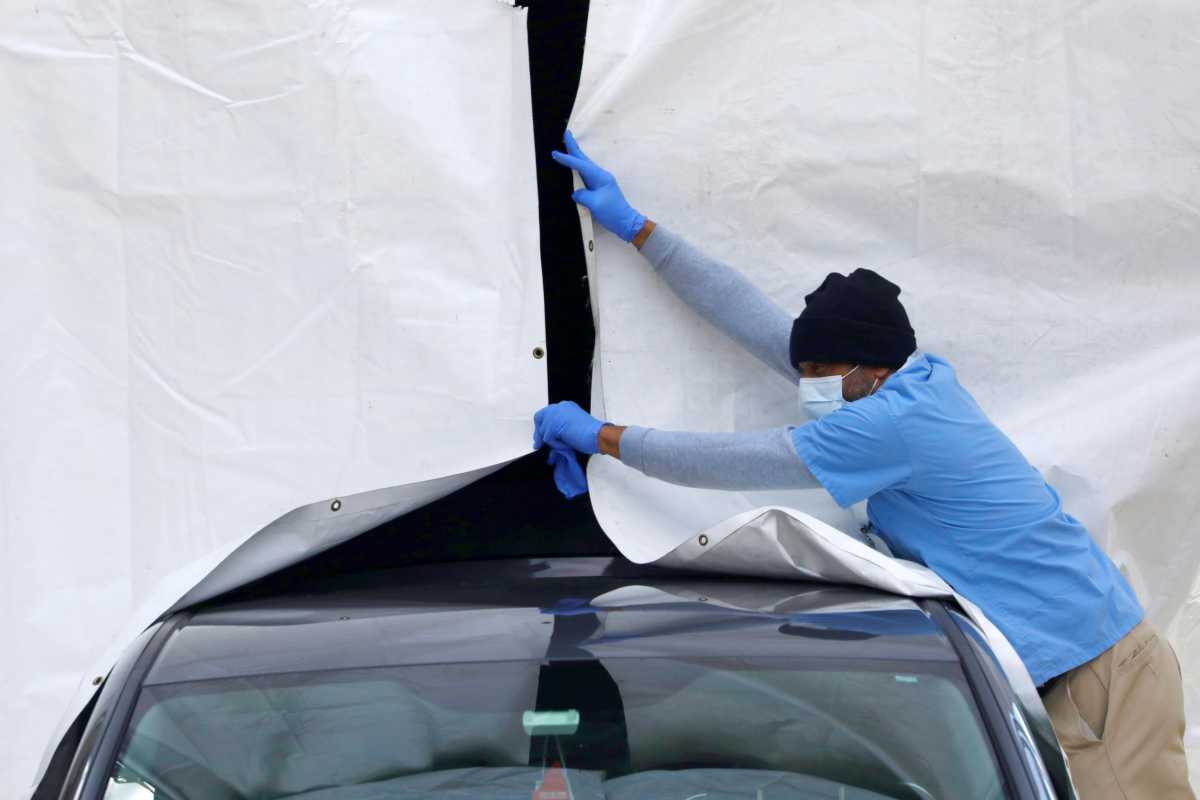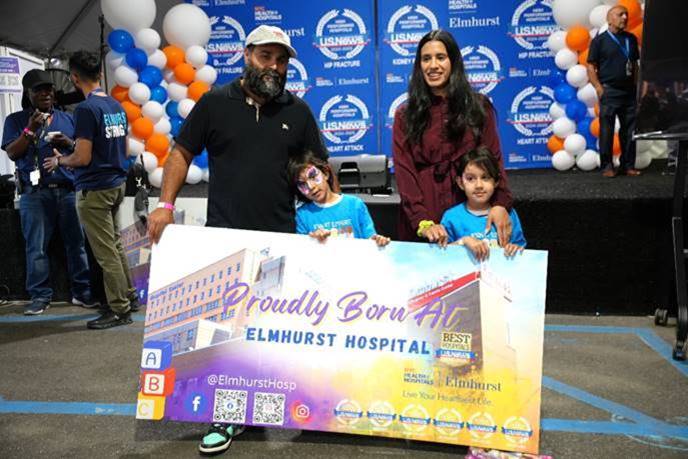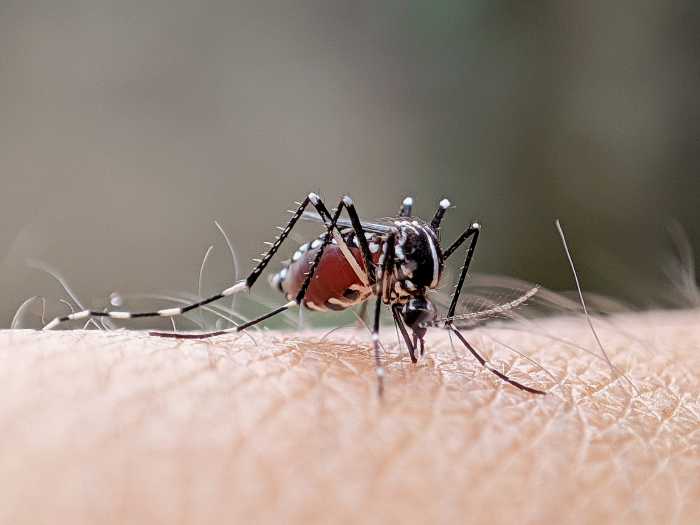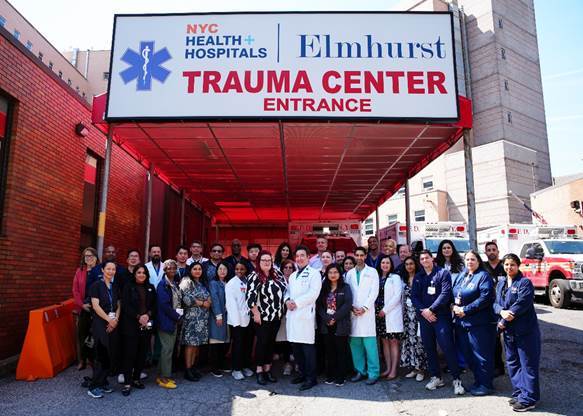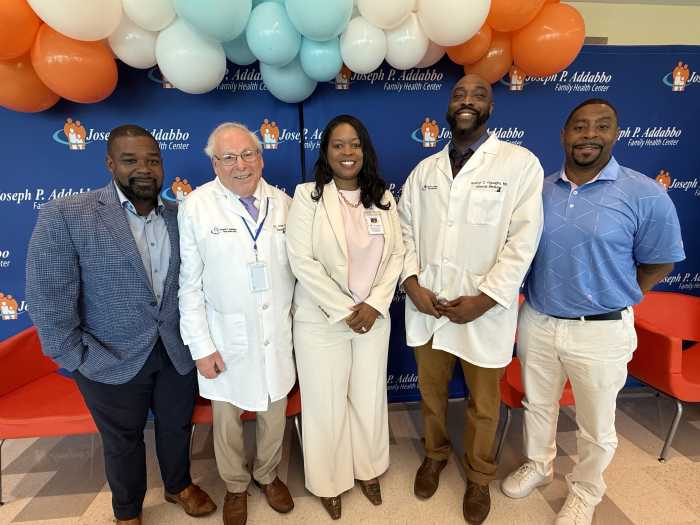BY NICK BROWN AND JONATHAN ALLEN
New York City crematories are extending their hours, burning bodies into the night. The state has started a running tally of all cremations and burials. City officials are surveying upstate cemeteries for temporary interment sites.
The destructive spread of the coronavirus through New York has not yet reached its peak, but those who put the dead to rest have never been busier.
Funeral homes and cemetery directors described a surge in demand unseen in decades from COVID-19, the respiratory disease caused by the coronavirus that has infected tens of thousands and killed roughly 1,400 in New York City.
“We’ve been preparing for a worst-case scenario,” said Mike Lanotte, executive director of the New York State Funeral Directors Association, “which is in a lot of ways starting to materialize.”
A majority of New Yorkers choose cremation over burial, but the most-populous U.S. city has only four crematories: one in the Bronx, one in Brooklyn and two in Queens. Directors at two of those locations said their daily workload has jumped from around 10 bodies to 15 or more, straining resources.
New York state has relaxed air-quality regulations to allow crematories to burn for longer hours. Still, in interviews with Reuters this week, the crematory directors reported phones ringing off the hooks and days busier than any in decades.
“No one could really imagine this happening,” said J.P. Di Troia, president of Fresh Pond Crematory in Queens, calling the pandemic among the most devastating events in his 52 years in business.
The crematory at Green-Wood Cemetery in Brooklyn is taking between 15 and 20 bodies a day of late, nearly double its usual load, according to cemetery president Rich Moylan.
Like Di Troia, Moylan struggles to remember a time in his 48 years at Green-Wood when he has seen so many deaths from a single cause. “The closest comparison is September 11th,” he said, referring to the al Qaeda attacks on New York City in 2001.
Funeral homes report longer waits for cremations.
“My fridge is full,” said Andrew Nimmo, manager of Bergen Funeral Service Inc., which can store about 40 bodies. “I can’t get people out [to crematories] right away.”
That backlog is trickling down to hospitals. The Brooklyn Hospital Center said in a statement on Tuesday that the bodies of deceased patients were spending more time than usual in its morgues because “grieving families cannot quickly make arrangements.”
New York’s Office of the Chief Medical Examiner (OCME) has sent refrigerated trucks and tents to hospitals to house more bodies. So far, that has mostly been enough. OCME buildings can store about 800 to 900 bodies, but the trucks have increased that to around 3,500, according to Aja Worthy-Davis, an OCME spokeswoman.
The body count is only expected to rise.
Deborah Birx, the White House’s coronavirus response coordinator, unveiled modeling on Wednesday showing the U.S. death toll could reach as high as 240,000, as President Donald Trump called stay-at-home guidelines a “matter of life and death.” New York is the current epicenter of the pandemic in the United States.
ISLAND INTERMENTS
For the first time, the New York State Division of Cemeteries is requesting daily reports from cemeteries on the number of cremations and burials each day, according to David Fleming, legislative director for the New York State Association of Cemeteries.
Fleming has been working with city and state emergency planning officials to survey cemeteries and crematories in upstate New York that could ease the strain if the death rate surges higher. Some cemeteries may set aside land for temporary interments.
“It’s not a crashing system. We do have plans in place if there needs to be release of capacity from the city to more outlying areas,” Fleming said.
Hart Island, off the Bronx’s east shore in Long Island Sound, may also serve as a site for temporary interment, according to an OCME planning document for dealing with a surge of deaths from a pandemic.
The island is home to the city’s potter’s field, a cemetery for people with no next of kin or whose families cannot arrange funerals.
In normal times inmates from city jails each week bury some 25 New Yorkers there. But the number of burials on Hart jumped in the last week of March to 72, according to Jason Kersten, a spokesman at the Department of Correction, which oversees the island. Kersten referred questions about causes of death to OCME, which did not respond.
ABRIDGED GOODBYES
The pandemic is taking a toll on the funeral industry’s clientele, too — an emotional one. New York’s ban on public gatherings means families must curtail goodbyes to their loved ones.
Green-Wood is asking mourners, no more than 10 per funeral, to stay in their cars until casket-carriers have left the grave site to try to prevent the spread of the virus. Bergen Funeral Service is limiting wakes to immediate family only, its manager said.
At the Lawrence H. Woodward Funeral Home in Brooklyn, director Kendall Lindsay is asking mourners not to touch caskets. “If you have [COVID-19], you’re going to put it on the casket, and we have cemetery gentleman who have to touch it,” Lindsay said.
With services in synagogues canceled, Rabbi Arthur Schneier of Park East Synagogue in Manhattan said some mourning families are coming together through video apps like Zoom.
“It’s important to honor the dead, but another conflicting principle is the sanctity of life,” Schneier said. “This is the conflict that families endure.”
(Reporting by Nick Brown and Jonathan Allen in New York; Additional reporting by Gabriella Borter in New York; Editing by Ross Colvin and Will Dunham)

